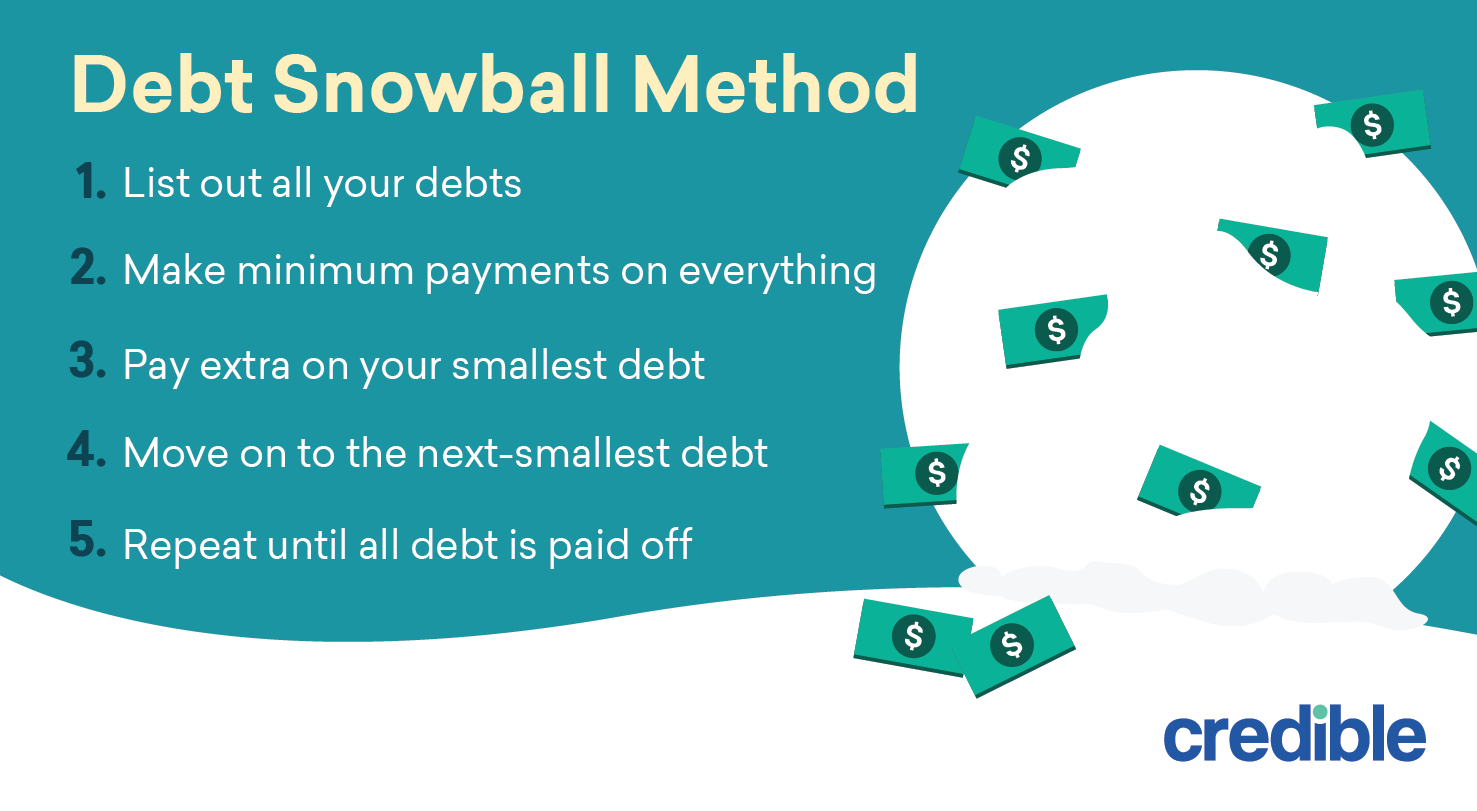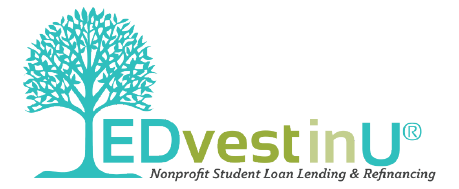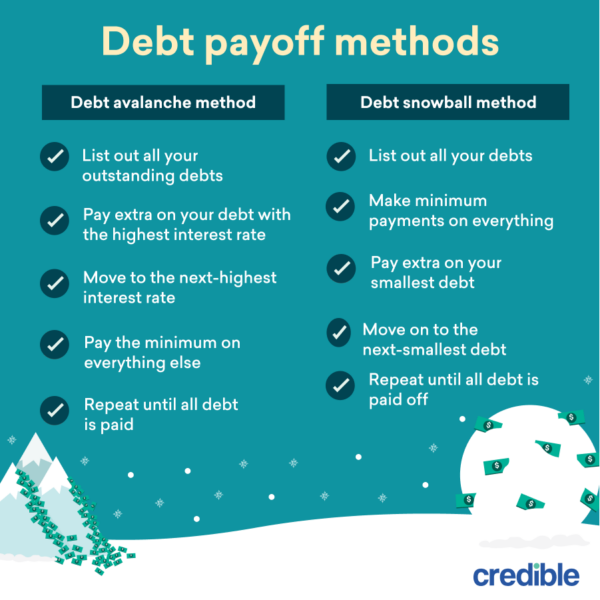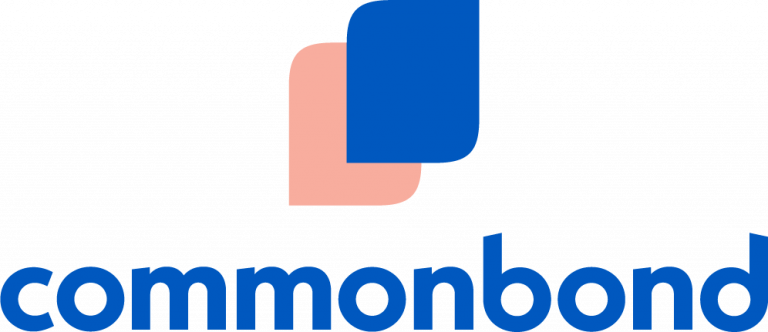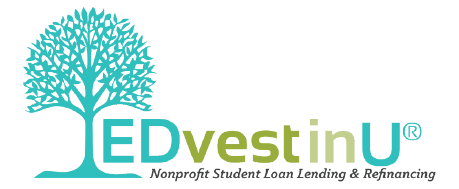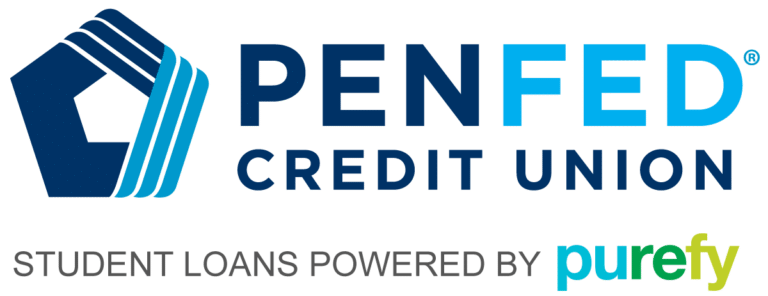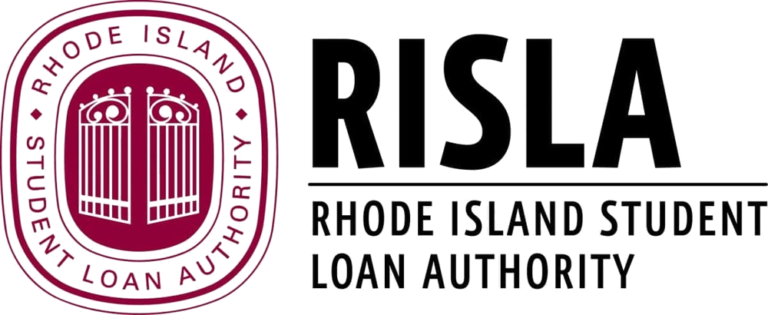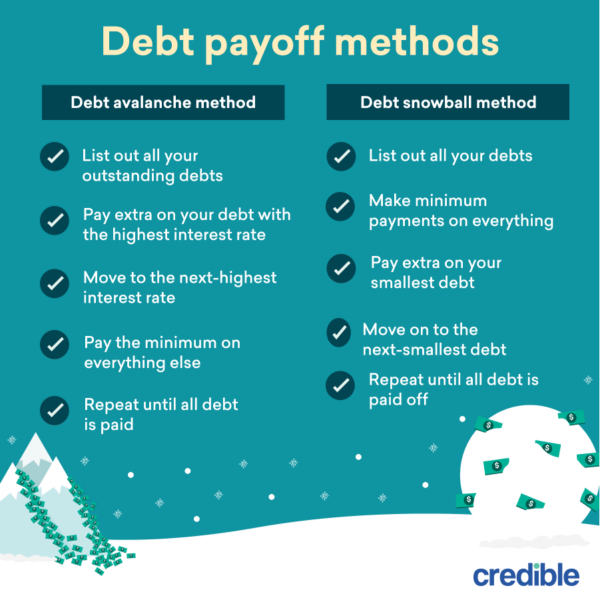If you miss a payment on a federal student loan, your loan will be considered delinquent. After missing payments for a certain amount of time (270 days for most federal loans), your loan will enter default.
While getting back on track after ending up in default might feel impossible, the good news is that there are a few ways to recover — including rehabilitation and consolidation. Refinancing your loans could also be an option in some cases.
If you’re considering student loan rehabilitation vs. consolidation, here’s what you should know:
Rehabilitation vs. consolidation: What’s the difference?Student loan rehabilitationStudent loan consolidationStudent loan refinancing with a cosignerConsequences of ignoring student loan defaultRecovering from student loan default: How is my credit affected?
Rehabilitation vs. consolidation: What’s the difference?
Student loan rehabilitation and consolidation are the two of the most common ways to recover from federal student loan default. Which one is right for you will depend on your individual circumstances and financial goals.
Keep in mind: You also have the option to pay off your loans in full to get out of default. However, this is unrealistic for most borrowers struggling with defaulted loans.
Here’s how rehabilitation and consolidation work:
Rehabilitation: With this option, you’ll need to make on-time payments for nine to 10 consecutive months, depending on the type of loans you have. If you successfully complete the terms of your rehabilitation agreement, the default status will be removed from your loan as well as your credit report.Consolidation: You could also choose to consolidate your federal loans into a Direct Consolidation Loan, which could extend your repayment term up to 30 years. Keep in mind that before you can consolidate, you’ll have to agree to either repay the loan under an income-driven repayment (IDR) plan or make three consecutive, on-time, full payments first. Also note, that while this will remove the default status from your loan, it will remain on your credit report.RehabilitationConsolidationHow it worksRemoves default status from existing loansCombines old loans into new Direct Consolidation LoanProcessDirect or FFEL Loans:
Must agree to make 9 voluntary, reasonable, and affordable payments over the span of 10 consecutive monthsPayments will typically be 15% of your annual discretionary income divided by 12 (lender might calculate lower payment if you can’t afford this)
Perkins Loans:
Must make full monthly payments within 20 days of your due date for 9 consecutive monthsMust agree to:
Repay consolidated loan on an IDR plan; ORMake 3 consecutive, on-time, full monthly payments before consolidatingHow long to complete9 to 10 months
(depending on loan type)30 to 45 days
(might take longer if you decide to make 3 payments before consolidating)Can use for multiple loans?No, must be done separately for each loanYes, can consolidate multiple loans at onceAllowed if wages are being garnished?Yes, but wages might continue to be garnished during the rehab processNo, you can’t consolidate unless the order is lifted or judgment is vacatedImpact on credit reportIf you successfully make the required payments:
Default status will be removed from loan and from credit reportLate payments could stay on your credit reports for up to 7 yearsAfter consolidation:
Default status will be removed from loan but not from credit reportLate payments could stay on your credit reports for up to 7 yearsCan do more than once?No, can only be done once for each loan No, can consolidate to get out of default only onceProsMight lower your paymentsWill restore eligibility for other federal benefits, such as access to IDR plans and student loan forgiveness programsHaving default removed from credit report could help your credit scoreFaster process than rehabilitationCan consolidate multiple loansCan extend your repayment term up to 30 years, which could lower your paymentsConsLonger process than consolidationIf you want to rehabilitate multiple loans, must enter separate agreements for each of themWon’t stop wages being garnishedDoesn’t remove default status from credit reportAny interest or collection costs from your old loans will be added to your new loan balanceCan’t consolidate if wages are being garnished
Student loan rehabilitation
Best for: Borrowers who want to start rebuilding their credit
To rehabilitate defaulted federal loans, you’ll have to make consecutive, on-time payments for nine to 10 months, depending on the kind of loans you have.
If you successfully complete rehabilitation, the default status will be removed from both your loans and your credit report — this could make rehabilitation a good choice if you want to begin rebuilding your credit.
Keep in mind, though, that any late payments could stay on your credit report for up to seven years.
Tip: Due to the COVID-19 pandemic, payments and interest accrual on federal student loans have been paused by the CARES Act through Jan. 31, 2022.
If you decide to enter a rehabilitation agreement during this administrative forbearance period, your suspended monthly payments will qualify as on-time payments — meaning you could get credit for rehabilitation without actually paying anything.
However, if you haven’t made each of the required rehabilitation payments before the forbearance ends, you’ll still need to make the remaining payments.
Learn More: Federal Student Loans and COVID-19: What You Need to Know
Pros of rehabilitation
Default status removed from credit report: After making each of the required payments, the default will be cleared from your loans and from your credit report.Might lower your payments: If you have Direct Loans or loans made under the Federal Family Education Loan (FFEL) Program, your rehabilitation payments will generally be limited to 15% of your discretionary income. If you can’t afford this, your servicer might calculate a lower alternative after you provide documentation of your income and expenses. If you have Perkins Loans, your payments will stay the same.Restores eligibility for other federal benefits: Having defaulted loans makes you ineligible for federal protections, such as access to IDR plans and student loan forgiveness programs. But if you rehabilitate your loans, you’ll regain these benefits.
Cons of rehabilitation
Long process: You’ll have to make consecutive, on-time payments for nine or 10 months to complete rehabilitation — a much longer process compared to consolidation.Only applies to one loan: A rehabilitation agreement only applies to one loan. If you have multiple loans you want to rehabilitate, you’ll have to set up an agreement for each one.Won’t stop wage garnishment: If your wages are being garnished, agreeing to rehabilitation won’t necessarily stop these involuntary payments.
Check Out: How to Find Your Student Loan Balance
How to rehabilitate a defaulted student loan
If your federal loans are held by the Department of Education, follow these three steps to apply for rehabilitation:
Mail or fax a copy of your latest tax return or transcript. The Department of Education will use this information to calculate your monthly payment. Keep in mind that if you are married, live with your spouse, and file taxes separately, you’ll also need to submit your spouse’s tax returns. Additionally, if your tax returns don’t accurately represent your income, you can fill out the Loan Rehabilitation Income and Expense Form.Sign and return the agreement. You’ll be mailed a loan rehabilitation agreement to review within 10 business days of the Department of Education receiving your income information. This will include your payment amount, payment options, and agreement terms. You’ll need to sign and return this form to officially begin rehabilitation.Make the required payments. After the rehabilitation agreement is in place, you’ll need to make the agreed-upon monthly payments. For Direct or FFEL Loans, this means you’ll have to make nine consecutive, on-time payments. Perkins Loans, on the other hand, require 10 full payments. If you successfully make each of these payments, the default status will be removed from your loans and credit report.Tip: If your federal student loans aren’t owned by the Department of Education, you’ll need to reach out to your loan holder to see what steps are required to apply for rehabilitation.
Learn More: Federal Student Loan Repayment Calculator
Student loan consolidation
Best for: Borrowers who want to get out of default quickly
Another option for getting out of student loan default is consolidating your federal loans into a Direct Consolidation Loan. A request to consolidate your loans could be processed within as little as 30 to 45 days, which makes it a faster option than rehabilitation.
Additionally, while consolidation won’t change your interest rate, you can extend your repayment term up to 30 years. This could greatly reduce your monthly payments — though keep in mind that it also means you’ll pay more in interest over time.
Check Out: How to Consolidate Your Student Loans
Pros of consolidation
Faster process: Consolidating your federal student loans could take as little as 30 to 45 days — a much shorter process compared to the nine to 10 months of payments required by rehabilitation.Can combine multiple loans: Federal consolidation lets you combine multiple federal loans — leaving you with just one loan and payment to manage.Could reduce your payments: Through consolidation, you can extend your repayment term up to 30 years. This could greatly reduce your monthly payments — though remember that it also means you’ll pay more in interest over the life of the loan.
Cons of consolidation
Default won’t be removed from credit report: Unlike rehabilitation, consolidation won’t remove your default status from your credit report.Capitalization of interest and collection costs: After you consolidate your loans, any interest or collection costs from your old loans will capitalize — meaning they’ll be added to your new loan balance.Can’t consolidate if wages are being garnished: If you’re subject to wage garnishment, you won’t be able to consolidate until the wage garnishment order is lifted or judgment is vacated.
Learn More: Pros and Cons of Consolidating Student Loans
How to consolidate defaulted student loans
If you want to consolidate your federal loans, follow these three steps:
Contact your loan holder. Before you can consolidate defaulted federal loans, you must contact your loan holder and agree to either repay your consolidated loan under an IDR plan or make three consecutive, on-time, full monthly payments first. If you choose to make the three payments, the payment amount will be calculated by your loan holder based on what you can reasonably afford according to your total financial circumstances.Apply for consolidation. You can fill out an online application at StudentAid.gov or a paper application from your servicer. When completing the application, you’ll need to provide your personal information, list the loans you want to consolidate, and choose your repayment plan. Afterward, you’ll need to sign and submit the application.Manage your payments. A consolidation request generally takes 30 to 45 days to process. Once your loans have been consolidated, you can begin making your new monthly payments.Keep in mind: If you have a defaulted Direct Consolidation Loan that you want to reconsolidate, you must have at least one other eligible federal loan to include in the consolidation.
However, if you have a defaulted FFEL Consolidation Loan, you don’t need to include any additional loans in the new consolidation as long as you agree to repay the loan on an IDR plan.
Check Out: Private Student Loan Consolidation
Student loan refinancing with a cosigner
Best for: Borrowers who know someone with good credit who is willing to act as a cosigner
Refinancing your student loans could also help you get out of default. With this process, your federal loans will be paid off with a new private student loan. You’ll typically need good to excellent credit to qualify for refinancing, which could be difficult if your loans are in default.
To increase your chances of approval, consider applying with a creditworthy cosigner. A cosigner can be anyone with good credit — such as a parent, other relative, or trusted friend — who is willing to share responsibility for the loan. Having a cosigner might also get you a lower interest rate than you’d get on your own.
Keep in mind: While you can refinance both federal and private loans, refinancing federal student loans will cost you access to federal benefits and protections — such as IDR plans and student loan forgiveness programs.
You’ll also no longer be eligible for the suspension of federal student loan payments and interest accrual under the CARES Act.
Learn More: Defaulted Student Loans: Can You Refinance?
Pros of refinancing
Might get a lower interest rate: Depending on your credit and if you apply with a cosigner, you might qualify for a lower interest rate. This could save you money on interest and even help you potentially pay off your loan faster.Could reduce your payments: If you choose to extend your repayment term, you could reduce your monthly payments. Just remember that this means you’ll pay more interest overall.Can combine multiple loans: Through private refinancing, you can consolidate multiple federal as well as private loans.
Cons of refinancing
Could be hard to qualify: Defaulting on student loans can severely damage your credit, which could make it difficult to qualify for refinancing.Loss of federal benefits: If you refinance your federal loans into a private loan, you’ll no longer have access to federal benefits and protections.Lack of repayment options: Private loans don’t offer federal student loan repayment options. For example, you generally won’t be able to sign up for an IDR plan after you refinance.
Check Out: Student Loan Consolidation vs. Student Loan Refinancing
How to refinance a defaulted student loan
If you decide to refinance a defaulted student loan, follow these steps:
Check your credit. When you apply for refinancing, the lender will review your credit to determine your creditworthiness — so it’s a good idea to check your credit beforehand so you know where you stand. You can use a site like AnnualCreditReport.com to review your credit reports for free. If you find any errors, dispute them with the appropriate credit bureaus to potentially boost your credit score.Compare lenders and pick a loan option. Be sure to compare as many lenders as possible to find the right loan for your situation. Consider not only interest rates but also repayment terms, any fees charged by the lender, and eligibility requirements. After comparing lenders, choose the loan option that works best for your needs.Complete the application. Once you’ve picked a lender, you’ll need to fill out a full application and submit any required documentation, such as tax returns or pay stubs. Also be prepared to provide information regarding each of the loans you want to refinance.Manage your payments. If you’re approved, continue making payments on your old loans while the refinance is processed. Afterward, you might consider signing up for autopay so you won’t miss any payments in the future — several lenders offer a rate discount to borrowers who opt for automatic payments.
Before your refinance, remember to consider as many lenders as you can to find the right loan for you. Credible makes this easy — you can compare your prequalified rates from our partner lenders in the table below in two minutes.
LenderFixed rates from (APR)Variable rates from (APR)Loan terms (years)Loan amountsMin. credit score

Credible Rating>

Credible lender ratings are evaluated by our editorial team with the help of our loan operations team. The rating criteria for lenders encompass 78 data points spanning interest rates, loan terms, eligibility requirement transparency, repayment options, fees, discounts, customer service, cosigner options, and more. Read our full methodology.





View details>
4.54%+N/A10, 15, 20$7,500 up to $200,000
(larger balances require special approval)Does not discloseFixed APR:
4.54%+Variable APR:
N/AMin. credit score:
Does not discloseLoan amount:
$7,500 up to $500,000Loan terms (years):
10, 15, 20Max. undergraduate loan balance:
$250,000 – $500,000Time to fund:
4 monthsRepayment options:
Immediate repayment, forbearance, loans discharged upon death or disabilityFees:
NoneDiscounts:
AutopayEligibility:
Must be a resident of KentuckyCustomer service:
PhoneSoft credit check:
NoCosigner release:
After 36 monthsLoan servicer:
Kentucky Higher Education Student Loan CorporationMax. graduate loan balance:
$250,000 – $500,000Credible Review:
Advantage Education Loan reviewOffers Parent PLUS Refinancing :
Yes

Credible Rating>

Credible lender ratings are evaluated by our editorial team with the help of our loan operations team. The rating criteria for lenders encompass 78 data points spanning interest rates, loan terms, eligibility requirement transparency, repayment options, fees, discounts, customer service, cosigner options, and more. Read our full methodology.





View details>
2.15%+
1.87%+5, 7, 10, 15, 20$10,000 up to $250,000
(depending on degree)690Fixed APR:
2.15%+Variable APR:
N/AMin. credit score:
Does not discloseLoan amount:
$10,000 to $400,000Loan terms (years):
5, 7, 10, 15, 20Repayment options:
Military deferment, forbearanceFees:
Late feeDiscounts:
AutopayEligibility:
Must have a credit score of at least 720, a minimum income of $60,000, and must be a resident of TexasCustomer service:
Email, phoneSoft credit check:
Does not discloseCosigner release:
NoLoan servicer:
Firstmark ServicesMax. Undergraduate Loan Balance:
$100,000 – $149,000Max. Graduate Loan Balance:
$200,000 – $400,000Offers Parent PLUS Refinancing:
Does not disclose

Credible Rating>

Credible lender ratings are evaluated by our editorial team with the help of our loan operations team. The rating criteria for lenders encompass 78 data points spanning interest rates, loan terms, eligibility requirement transparency, repayment options, fees, discounts, customer service, cosigner options, and more. Read our full methodology.





View details>
2.44%+1
2.24%+15, 7, 10, 15, 20$10,000 to $500,000
(depending on degree and loan type)Does not discloseFixed APR:
2.44%+1Variable APR:
2.24%+1Min. credit score:
Does not discloseLoan amount:
$10,000 to $750,000Loan terms (years):
5, 7, 10, 15, 20Repayment options:
Immediate repayment, academic deferment, military deferment, forbearance, loans discharged upon death or disabilityFees:
Late feeDiscounts:
Autopay, loyaltyEligibility:
Must be a U.S. citizen or permanent resident and have at least $10,000 in student loansCustomer service:
Email, phone, chatSoft credit check:
YesCosigner release:
After 24 to 36 monthsLoan servicer:
Firstmark ServicesMax. Undergraduate Loan Balance:
$100,000 to $149,000Max. Graduate Loan Balance:
Less than $150,000Offers Parent PLUS Refinancing:
Yes

Credible Rating>

Credible lender ratings are evaluated by our editorial team with the help of our loan operations team. The rating criteria for lenders encompass 78 data points spanning interest rates, loan terms, eligibility requirement transparency, repayment options, fees, discounts, customer service, cosigner options, and more. Read our full methodology.





View details>
2.99%+2
2.94%+25, 7, 10, 12, 15, 20$5,000 to $300,000
(depending on degree type)Does not discloseFixed APR:
2.99%+2Variable APR:
2.94%+2Min. credit score:
Does not discloseLoan amount:
$5,000 to $300,000Loan terms (years):
5, 7, 10, 12, 15, 20Repayment options:
Military deferment, forbearance, loans discharged upon death or disabilityFees:
Late feeDiscounts:
AutopayEligibility:
All states except for MECustomer service:
Email, phone, chatSoft credit check:
YesCosigner release:
After 24 to 36 monthsLoan servicer:
College Ave Servicing LLCMax. Undergraduate Loan Balance:
$100,000 to $149,000Max. Graduate Loan Balance:
Less than $300,000Offers Parent PLUS Refinancing:
Yes
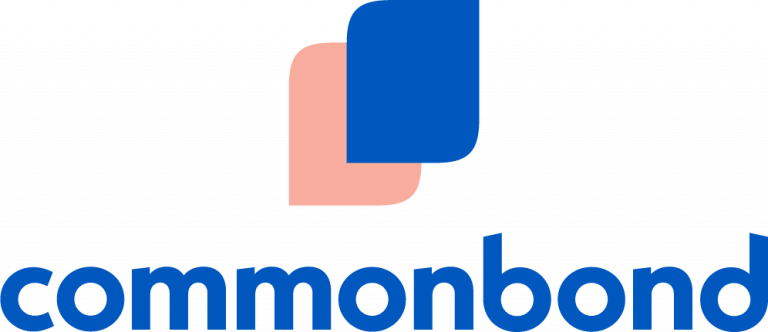
Credible Rating>

Credible lender ratings are evaluated by our editorial team with the help of our loan operations team. The rating criteria for lenders encompass 78 data points spanning interest rates, loan terms, eligibility requirement transparency, repayment options, fees, discounts, customer service, cosigner options, and more. Read our full methodology.





View details>
2.16%+
2.11%+5, 7, 10, 15, 20$5,000 to $500,000
680
Fixed rate:
2.44%+1Variable rate:
2.24%+1Min. credit score:
680Loan amount:
$5,000 to $500,000Cosigner release:
YesLoan terms (years):
5, 7, 10, 15, 20Repayment options:
Academic deferment, forbearance, loans discharged upon death or disabilityFees:
Late feeDiscounts:
AutopayEligibility:
Available in all states, except MS and NVCustomer service:
Email, phone, chatSoft credit check:
YesLoan servicer:
FirstMarkMax. undergraduate loan balance:
$500,000Max. graduate loan balance:
$500,000Offers Parent PLUS refinancing:
YesMin. income:
$65,000 (for 15- and 20-year products)
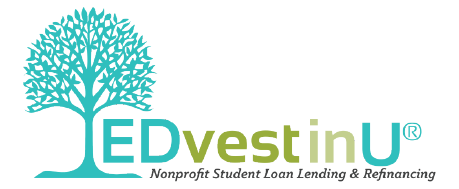
Credible Rating>

Credible lender ratings are evaluated by our editorial team with the help of our loan operations team. The rating criteria for lenders encompass 78 data points spanning interest rates, loan terms, eligibility requirement transparency, repayment options, fees, discounts, customer service, cosigner options, and more. Read our full methodology.





View details>
1.8%+5
1.8%+55, 10, 15, 20$1,000 to $250,000700Fixed APR:
1.8%+5Variable APR:
1.8%+5Min. credit score:
700Loan amount:
$7,500 to $200,000Loan terms (years):
5, 10, 15, 20Repayment options:
Immediate repayment, academic deferment, forbearance, loans discharged upon death or disabilityFees:
NoneDiscounts:
AutopayEligibility:
Must be a U.S. citizen or permanent resident and submit two personal referencesCustomer service:
Email, phoneSoft credit check:
YesCosigner release:
After 36 monthsLoan servicer:
Granite State Management & Resources (GSM&R)Max. Undergraduate Loan Balance:
$150,000 to $249,000Max. Graduate Loan Balance:
$150,000 to $199,000Offers Parent PLUS Refinancing :
Yes

Credible Rating>

Credible lender ratings are evaluated by our editorial team with the help of our loan operations team. The rating criteria for lenders encompass 78 data points spanning interest rates, loan terms, eligibility requirement transparency, repayment options, fees, discounts, customer service, cosigner options, and more. Read our full methodology.





View details>
2.47%+3
2.39%+35, 7, 10, 12, 15, 20Minimum of $15,000680Fixed APR:
2.47%+3Variable APR:
2.39%+3Min. credit score:
680Loan amount:
No maximumLoan terms (years):
5, 7, 10, 12, 15, 20Repayment options:
ForbearanceFees:
NoneDiscounts:
NoneEligibility:
Must be a U.S. citizen or permanent resident, have at least $15,000 in student loan debt, and have a bachelor’s degree or higher from an approved schoolCustomer service:
Email, phoneSoft credit check:
YesCosigner release:
NoLoan servicer:
MohelaMax. Undergraduate Loan Balance:
No maximumMax. Graduate Loan Balance:
No maximumOffers Parent PLUS Refinancing:
Yes

Credible Rating>

Credible lender ratings are evaluated by our editorial team with the help of our loan operations team. The rating criteria for lenders encompass 78 data points spanning interest rates, loan terms, eligibility requirement transparency, repayment options, fees, discounts, customer service, cosigner options, and more. Read our full methodology.





View details>
3.47%+4
2.44%+45, 10, 15, 20$5,000 to $250,000670Fixed APR:
3.47%+4Variable APR:
2.44%+4Min. credit score:
670Loan amount:
$5,000 to $250,000Loan terms (years):
5, 10, 15, 20Repayment options:
Academic deferment, military deferment, forbearanceFees:
Late feeDiscounts:
AutopayEligibility:
Must be U.S. citizen or permanent residentCustomer service:
Email, phone, chatSoft credit check:
YesCosigner release:
YesMax undergraduate loan balance:
$250,000Max graduate loan balance:
$250,000Offers Parent PLUS refinancing:
Yes

Credible Rating>

Credible lender ratings are evaluated by our editorial team with the help of our loan operations team. The rating criteria for lenders encompass 78 data points spanning interest rates, loan terms, eligibility requirement transparency, repayment options, fees, discounts, customer service, cosigner options, and more. Read our full methodology.





View details>
2.24%+7N/A5, 7, 10, 12, 15, 20Up to $300,000670Fixed APR:
2.24%+7Variable APR:
N/AMin. credit score:
670Loan amount:
Up to $300,000Loan terms (years):
5, 7, 10, 15, 20Time to fund:
Usually one business dayRepayment options:
Academic deferral, military deferral, forbearance, death/disability dischargeFees:
NoneDiscounts:
AutopayEligibility:
Available in all 50 statesCustomer service:
Email, phoneSoft credit check:
YesCosigner release:
After 24 monthsMax. undergraduate loan balance:
$300,000Max. graduate balance:
$300,000Offers Parent PLUS loans:
YesMin. income:
None

Credible Rating>

Credible lender ratings are evaluated by our editorial team with the help of our loan operations team. The rating criteria for lenders encompass 78 data points spanning interest rates, loan terms, eligibility requirement transparency, repayment options, fees, discounts, customer service, cosigner options, and more. Read our full methodology.





View details>
3.05%+
3.05%+7, 10, 15$10,000 up to the total amount of qualified education debt670Fixed APR:
3.05%+Variable APR:
3.05%+Min. credit score:
670Loan amount:
$10,000 up to the total amountLoan terms (years):
7, 10, 15Repayment options:
Military deferment, loans discharged upon death or disabilityFees:
NoneDiscounts:
NoneEligibility:
Must be a U.S. citizen or permanent resident and have at least $10,000 in student loansCustomer service:
Email, phoneSoft credit check:
YesCosigner release:
NoLoan servicer:
AESMax. Undergraduate Loan Balance:
No maximumMax. Gradaute Loan Balance:
No maximumOffers Parent PLUS Refinancing:
Yes

Credible Rating>

Credible lender ratings are evaluated by our editorial team with the help of our loan operations team. The rating criteria for lenders encompass 78 data points spanning interest rates, loan terms, eligibility requirement transparency, repayment options, fees, discounts, customer service, cosigner options, and more. Read our full methodology.





View details>
2.89%+N/A5, 8, 12, 15$7,500 to $300,000670Fixed APR:
2.89%+Variable APR:
N/AMin. credit score:
670Loan amount:
$7,500 to $300,000Loan terms (years):
5, 8, 12, 15Repayment options:
Does not discloseFees:
NoneDiscounts:
NoneEligibility:
Must be a U.S. citizen and have and at least $7,500 in student loansCustomer service:
Email, phone, chatSoft credit check:
YesCosigner release:
After 12 monthsLoan servicer:
PenFedMax. Undergraduate Loan Balance:
$300,000Max. Graduate Loan Balance:
$300,000Offers Parent PLUS Refinancing:
Yes
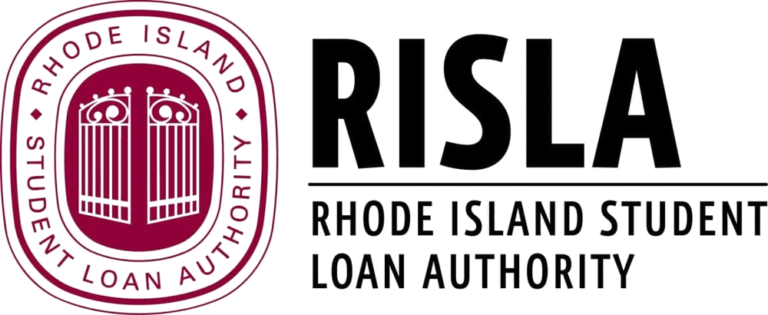
Credible Rating>

Credible lender ratings are evaluated by our editorial team with the help of our loan operations team. The rating criteria for lenders encompass 78 data points spanning interest rates, loan terms, eligibility requirement transparency, repayment options, fees, discounts, customer service, cosigner options, and more. Read our full methodology.





View details>
3.29%+N/A5, 10, 15$7,500 up to $250,000
(depending on highest degree earned)680Fixed APR:
3.29%+Variable APR:
N/AMin. credit score:
680Loan amount:
$7,500 to $250,000Loan terms (years):
5, 10, 15Repayment options:
Academic deferment, military deferment, forbearance, loans discharged upon death or disabilityFees:
NoneDiscounts:
AutopayEligibility:
Available in all 50 states; must also have at least $7,500 in student loans and a minimum income of $40,000Customer service:
Email, phoneSoft credit check:
Does not discloseCosigner release:
NoLoan servicer:
Rhode Island Student Loan AuthorityMax. Undergraduate Loan Balance:
$150,000 – $249,000Max. Graduate Loan Balance:
$200,000 – $249,000Offers Parent PLUS Refinancing:
Yes

Credible Rating>

Credible lender ratings are evaluated by our editorial team with the help of our loan operations team. The rating criteria for lenders encompass 78 data points spanning interest rates, loan terms, eligibility requirement transparency, repayment options, fees, discounts, customer service, cosigner options, and more. Read our full methodology.





View details>
2.49%+6
2.25%+65, 7, 10, 15, 20$5,000 up to the full balance of your qualified education loansDoes not discloseFixed APR:
2.49%+6Variable APR:
2.25%+6Min. credit score:
Does not discloseLoan amount:
$5,000 up to the full balanceLoan terms (years):
5, 7, 10, 15, 20Repayment options:
Academic deferment, military defermentFees:
NoneDiscounts:
Autopay, loyaltyEligibility:
Available in all 50 statesCustomer service:
Email, phone, chatSoft credit check:
YesCosigner release:
NoMax undergraduate loan balance:
No maximumMax graduate loan balance:
No maximumOffers Parent PLUS refinancing:
YesAll APRs reflect autopay and loyalty discounts where available | 1Citizens Disclosures | 2College Ave Disclosures | 5EDvestinU Disclosures | 3 ELFI Disclosures | 4INvestEd Disclosures | 7ISL Education Lending Disclosures | 6SoFi Disclosures
Compare personalized rates from multiple lenders without affecting your credit score. 100% free!
Compare Now
Trustpilot
Consequences of ignoring student loan default
If you’ve defaulted on federal student loans, it’s important to address the default instead of ignoring it. This way, you have a better chance of avoiding or resolving some of the potential consequences of default, which include:
Damaged credit: Missing payments and defaulting on a student loan can severely damage your credit. The longer you continue to miss payments on your loan, the more harm will come to your credit. Keep in mind that having bad credit could make it hard to access more credit in the future.Loan acceleration: If you default on a loan, your entire balance could become due.Loss of hardship benefits: Loans in default no longer have access to federal hardship benefits, such as deferment and forbearance. You also won’t be able to access more federal financial aid.Wage garnishment: In some cases, your wages could be garnished, or your tax returns could be withheld.Collection costs: Your defaulted loan might be sent to a collections agency that will try to obtain payments from you. If this happens, you’ll be held responsible for covering the collection costs incurred by your loan holder.
Learn More: 6 Ways Student Loans Can Impact Your Credit Score
Recovering from student loan default: How is my credit affected?
How your credit is affected will depend on the method you choose to get out of default. Here’s what you can generally expect:
Rehabilitation: If you successfully rehabilitate your loan, the default status will be removed from your loan and your credit report, which could have a positive impact on your credit. Any late payments you made on your loan will remain on your credit report for up to seven years — but the more time that passes, the less effect these will likely have on your credit.Consolidation: Unfortunately, consolidating your federal loans doesn’t remove the default from your credit report — like late payments, a default can stay on your credit report for up to seven years. But if you’re careful to make on-time payments on your consolidated loan, you might see an improvement in your credit score over time.Refinancing: When you apply for refinancing, the lender will perform a hard credit check to determine your creditworthiness. This could cause a slight drop in your credit score — though this is usually only temporary, and your score will likely bounce back within a few months. Additionally, refinancing might actually help your credit in the long run. For example, consistently making on-time payments on your refinanced loan could help you build a positive payment history and raise your credit score.
If you decide to refinance your student loans, remember to consider as many lenders as possible to find the right loan for your needs.
This is easy with Credible: You can compare your prequalified rates from multiple lenders in two minutes — without affecting your credit.
Find out if refinancing is right for you
Compare actual rates, not ballpark estimates – Unlock rates from multiple lenders in about 2 minutesWon’t impact credit score – Checking rates on Credible won’t impact your credit scoreData privacy – We don’t sell your information, so you won’t get calls or emails from multiple lendersSee Your Refinancing Options
Credible is 100% free!
Trustpilot
The post Student Loan Rehabilitation vs. Consolidation: Getting Out of Default appeared first on Credible.
Did you miss our previous article…
https://corazoncrm.org/?p=259

































